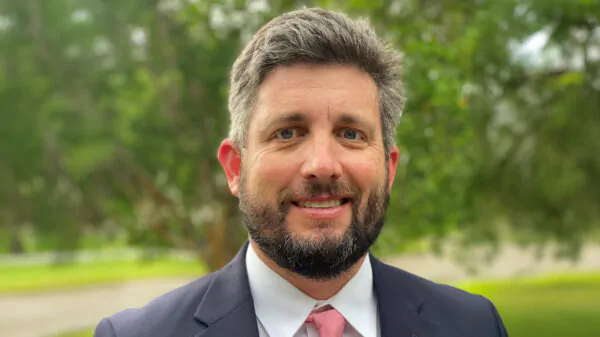By Susan Britt
Alabama Political Reporter
According to the Spring 2012 report by the Natioanal Governor’s Association and the National Association of State Budget Officers, “Medicaid represents the single largest portion of total state spending, estimated to account for 23.6 percent of total spending in fiscal 2011.” In states with one overall budget, Medicaid in 2011 comprised 17.4 percent of their general fund making it the second overall largest expenditure coming after K-12 education that comprised 35 percent.
State Medicaid funds have increased while federal support has decreased rapidly. This has been due to the expiration of the enhanced Medicaid fund rate that was temporarily authorized as a part of the American Recovery and Reinvestment Act. The Act went into effect in October of 2008 and expired June 2011. Nationally state Medicaid spending has increased by 20.4 percent while national matching funds have decreased by 8.2 percent.
Part of the increase in Medicaid spending is due to increased enrollment as a result of slow recovery in the labor market and increased per capita healthcare costs. Total Medicaid spending increased by 10.6 percent in fiscal 2011, 1.1 percent in 2012 and is projected to increase by 3.4 percent in fiscal 2013. Medicaid enrollment increased by 5.1 percent in fiscal 2011, 3.3 percent in fiscal 2012 and is projected for 3.6 in fiscal 2012.
Various states are taking new approaches to manage this growing problem. Many have reduced costs by limiting coverage to include lower physician payments, cutting or reducing prescription coverage, expanding managed care, reforming delivery systems, implementing community-based long-term care and discontinuing coverage of dental and optical care for adults.
Meanwhile, many states are looking within Medicaid to reduce costs and streamline services by using alternatives to providing healthcare services.
According to a report by the PEW Charitable Trusts Daily News Service, states are also taking advantage of new federal grant opportunities that encourage investment in programs that lower costs by increasing program efficiency.
Oregon’s legislature approved changes to their state’s healthcare system that will result in $1.9 million additional federal dollars over the next five years. The plan integrates medical and dental care with behavioral health and substance abuse services by setting up “coordinated care organization” who will be licensed and monitored by the state. This organization will coordinate patient care with available local support services.
New Jersey and Nevada seek approval for similar changes that will target patients with certain chronic illnesses and those who suffer both medical and behavioral health issues.
California, Delaware, New York and Texas have received federal approval to move elderly and disabled patients into managed care programs while Florida, Kansas, New Jersey and New Mexico have similar requests pending, according to a new report from the Kaiser Family Foundation.
California, Colorado, Minnesota, Missouri, New Jersey, Washington State and the District of Columbia have received federal money to expand Medicaid coverage for low-income, non-disabled adults immediately. Arizona, Ohio and Illinois have applications pending. This will result in expanded services for those adults already covered by state-funded healthcare programs.
Cost saving efforts in Florida, Missouri and Rhode Island plan to reduce fees paid to managed care companies while Massachusetts and Maine will cut payment rates to hospitals.
Florida will also reduce coverage of emergency room visits to 12 per year and reduce hospital stay coverage from 45 to 23 days per year for most adults.
Additionally Maine will cut optional reimbursements to include podiatry, optometry, dental and smoking cessation products.
Nebraska will limit private nursing services, Washington State will eliminate medical interpreter services and routine dental programs for adults.
Illinois will implement tighter screening of Medicaid beneficiaries to not only verify eligibility but to also insure that the recipient resides within the state.
Nine states are enacting co-pays. Nebraska has proposed a $50 co-pay for non-emergency visits to the emergency room. Washington State will charge co-pays for physicians, prescriptions and non-emergency use of transportation and emergency rooms.
To help fund deficits, some states have increased various taxes. Illinois has raised and estimated $350 million by doubling cigarette taxes. Maryland has raised income taxes for higher-wage earners expecting to generate $500 million.
Many states are applying for Section 1115 Medicaid demonstration waivers in preparation for the 2014 Medicaid coverage expansion. These waivers provide states avenues for testing new approaches that differ from the traditional program rules. It is designed to provide more flexibility in program operations and financing.
These early waiver applications are helping to prepare early for changes to infrastructure, to streamline enrollment and renewal processes, support safety-net delivery systems and other processes in anticipation of oncoming increases in demand.
In a report by the Kaiser Commission dated May 2012, Alabama has yet to apply for this waiver.













































